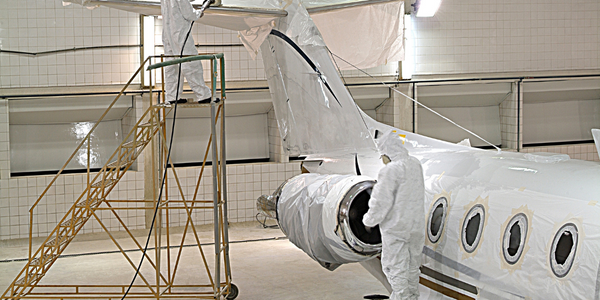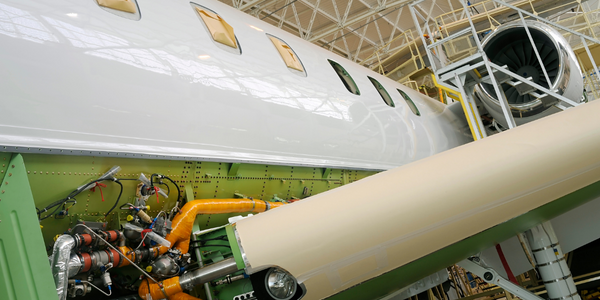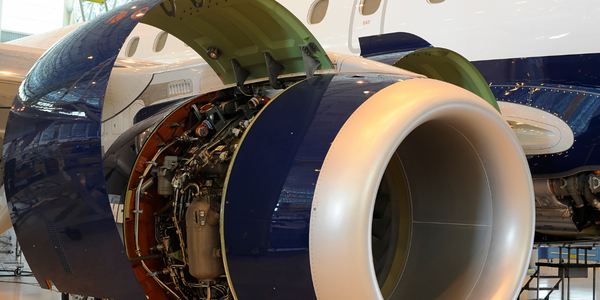适用行业
- 航天
适用功能
- 销售与市场营销
用例
- 机器间付款
关于客户
本案例研究中的客户是一家领先的美国航空公司。作为航空业的主要参与者,他们拥有庞大的客户群,并处理大量的航班预订、取消和退款。该航空公司以其对客户服务和效率的承诺而闻名。然而,新冠肺炎 (COVID-19) 大流行造成的全球旅行限制导致客户请求超载,给他们的系统和客户服务团队带来压力。该航空公司需要一种解决方案来处理不断增加的请求量、确保准确性并维持高标准的客户服务。
挑战
该客户是一家领先的美国航空公司,由于 COVID-19 大流行,面临着前所未有的挑战。全球旅行限制导致大量航班取消、改期和退款请求涌入。这些请求来自多个联系渠道,包括在线队列、电话、电子邮件等。这些请求的庞大数量极大地影响了他们的系统,减慢了系统速度,并给客户服务团队带来了巨大压力。由于超负荷,团队无法准确处理请求,导致数千小时的工作积压。这种情况不仅影响了航空公司的运营效率,还对客户体验产生了负面影响。
解决方案
JIFFY.ai 凭借其强大的超自动化能力,被用来解决这个问题。该解决方案涉及更新客户的人工智能票务流程,以显着减少人工干预。这是通过自动化和监控出站请求、退货请求、取消、退款以及优惠券和价格管理的下游处理来实现的。该解决方案的实施使数千小时的积压工作在不到六周的时间内实现了自动化。 JIFFY.ai 的超自动化功能不仅有助于清除积压,还确保了请求处理的准确性。尽管受到大流行的限制,该解决方案仍帮助该航空公司提供了卓越的客户体验。
运营影响
数量效益

Case Study missing?
Start adding your own!
Register with your work email and create a new case study profile for your business.
相关案例.

Case Study
Airbus Soars with Wearable Technology
Building an Airbus aircraft involves complex manufacturing processes consisting of thousands of moving parts. Speed and accuracy are critical to business and competitive advantage. Improvements in both would have high impact on Airbus’ bottom line. Airbus wanted to help operators reduce the complexity of assembling cabin seats and decrease the time required to complete this task.

Case Study
Aircraft Predictive Maintenance and Workflow Optimization
First, aircraft manufacturer have trouble monitoring the health of aircraft systems with health prognostics and deliver predictive maintenance insights. Second, aircraft manufacturer wants a solution that can provide an in-context advisory and align job assignments to match technician experience and expertise.

Case Study
Aerospace & Defense Case Study Airbus
For the development of its new wide-body aircraft, Airbus needed to ensure quality and consistency across all internal and external stakeholders. Airbus had many challenges including a very aggressive development schedule and the need to ramp up production quickly to satisfy their delivery commitments. The lack of communication extended design time and introduced errors that drove up costs.

Case Study
Accelerate Production for Spirit AeroSystems
The manufacture and assembly of massive fuselage assemblies and other large structures generates a river of data. In fact, the bill of materials for a single fuselage alone can be millions of rows of data. In-house production processes and testing, as well as other manufacturers and customers created data flows that overwhelmed previous processes and information systems. Spirit’s customer base had grown substantially since their 2005 divestiture from Boeing, resulting in a $41 billion backlog of orders to fill. To address this backlog, meet increased customer demands and minimize additional capital investment, the company needed a way to improve throughput in the existing operational footprint. Spirit had a requirement from customers to increase fuselage production by 30%. To accomplish this goal, Spirit needed real-time information on its value chain and workflow. However, the two terabytes of data being pulled from their SAP ECC was unmanageable and overloaded their business warehouse. It had become time-consuming and difficult to pull aggregate data, disaggregate it for the needed information and then reassemble to create a report. During the 6-8 hours it took to build a report, another work shift (they run three per day) would have already taken place, thus the report content was out-of-date before it was ever delivered. As a result, supervisors often had to rely on manual efforts to provide charts, reports and analysis.

Case Study
Developing Smart Tools for the Airbus Factory
Manufacturing and assembly of aircraft, which involves tens of thousands of steps that must be followed by the operators, and a single mistake in the process could cost hundreds of thousands of dollars to fix, makes the room for error very small.








